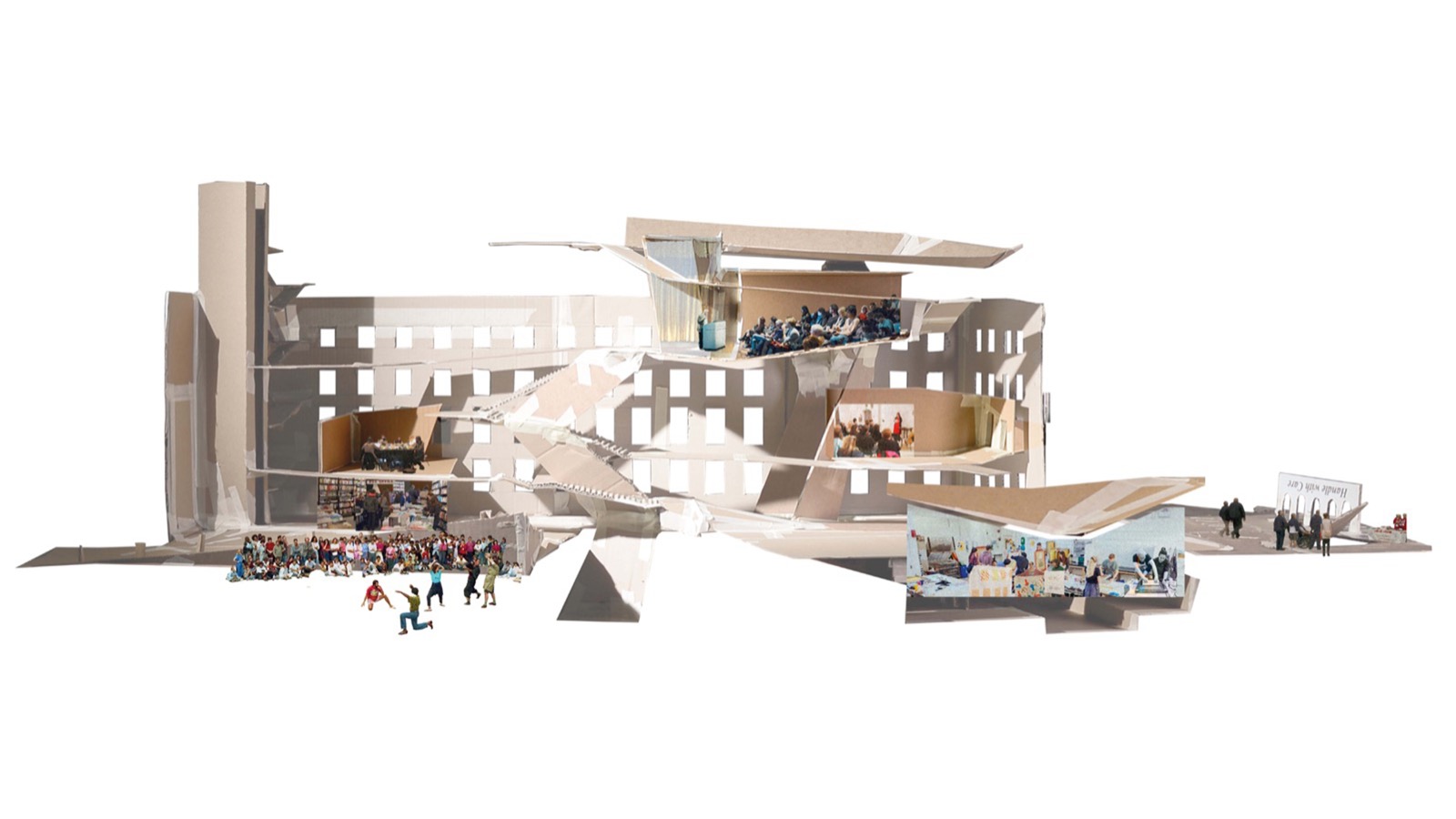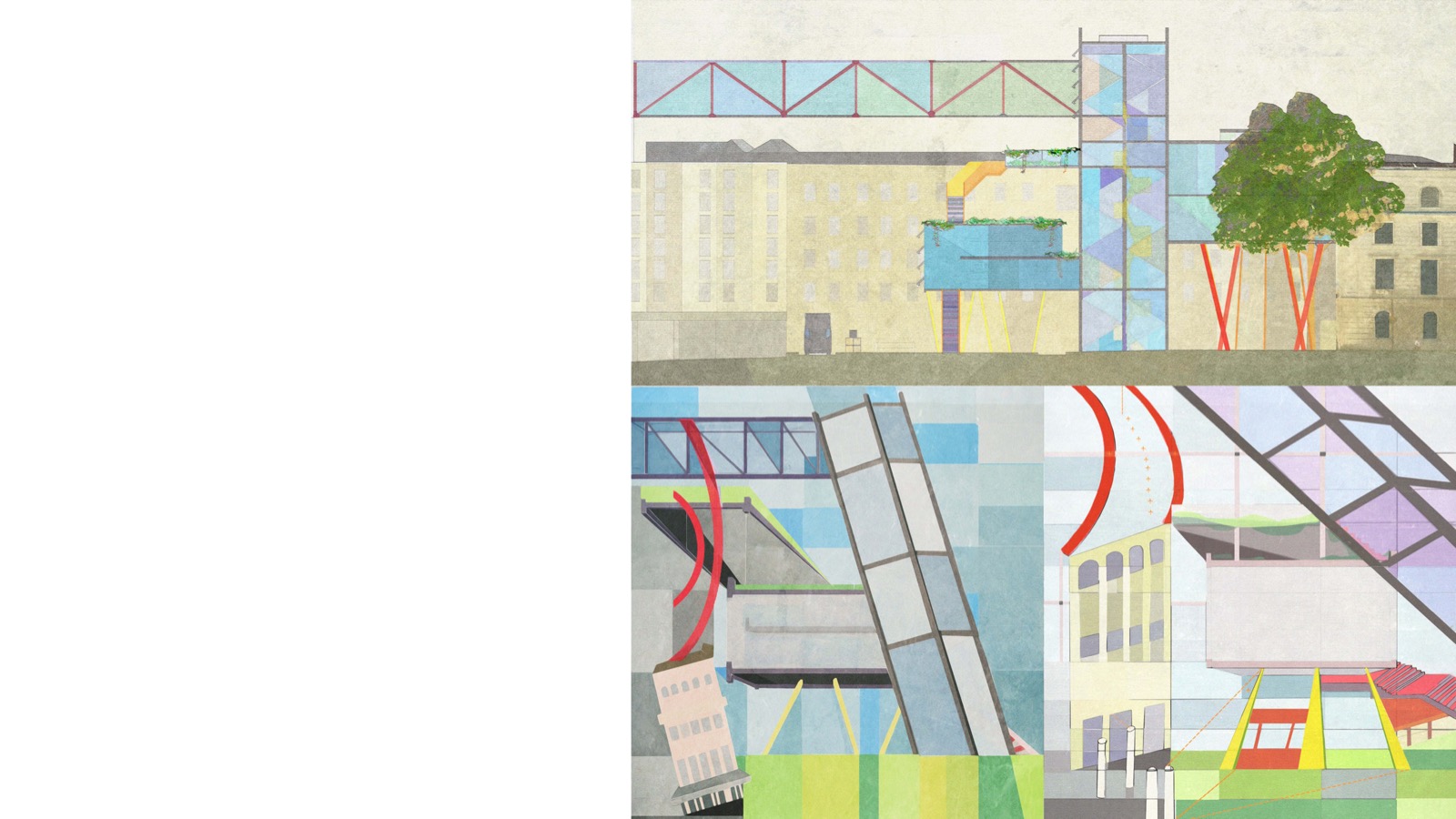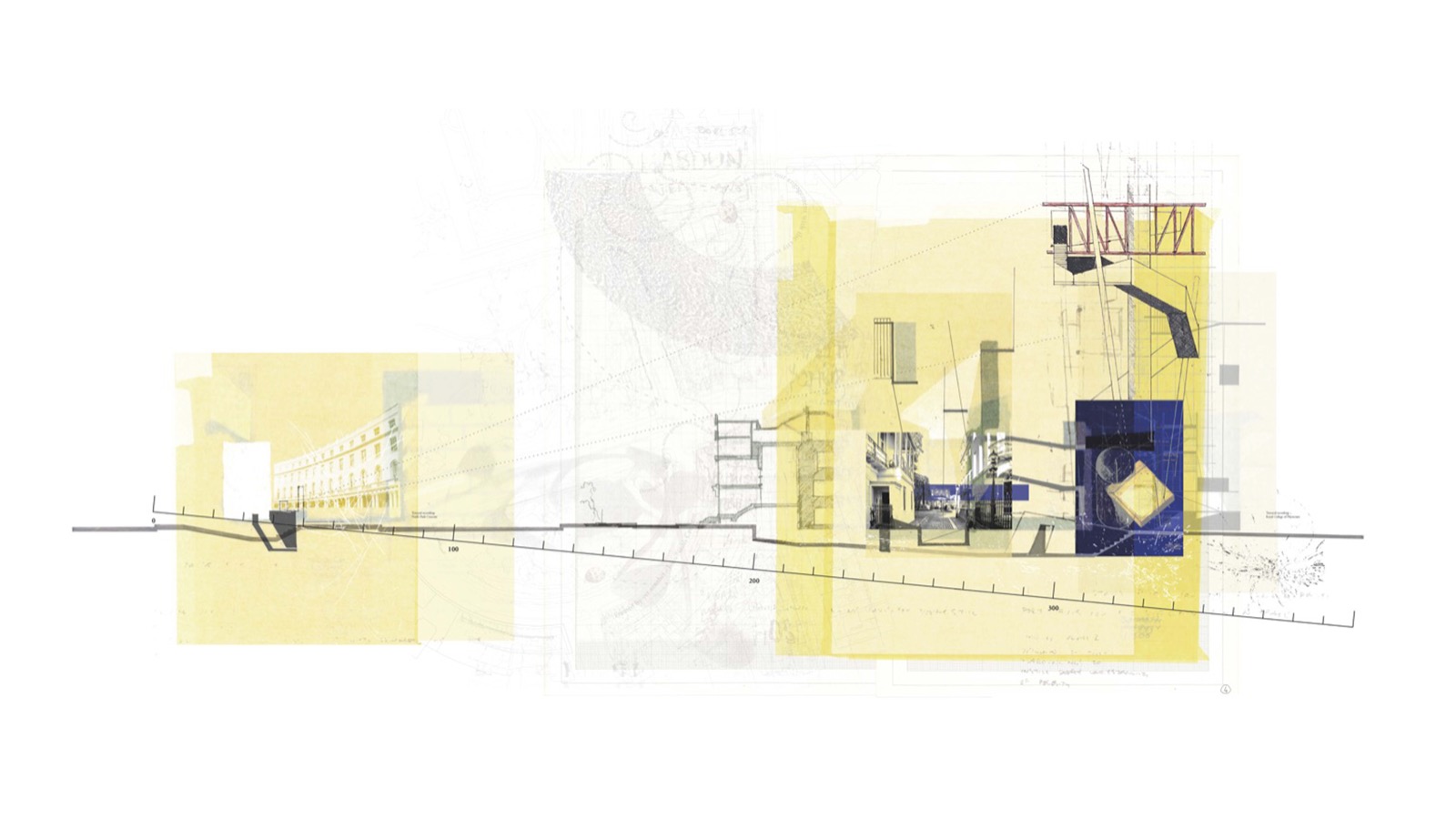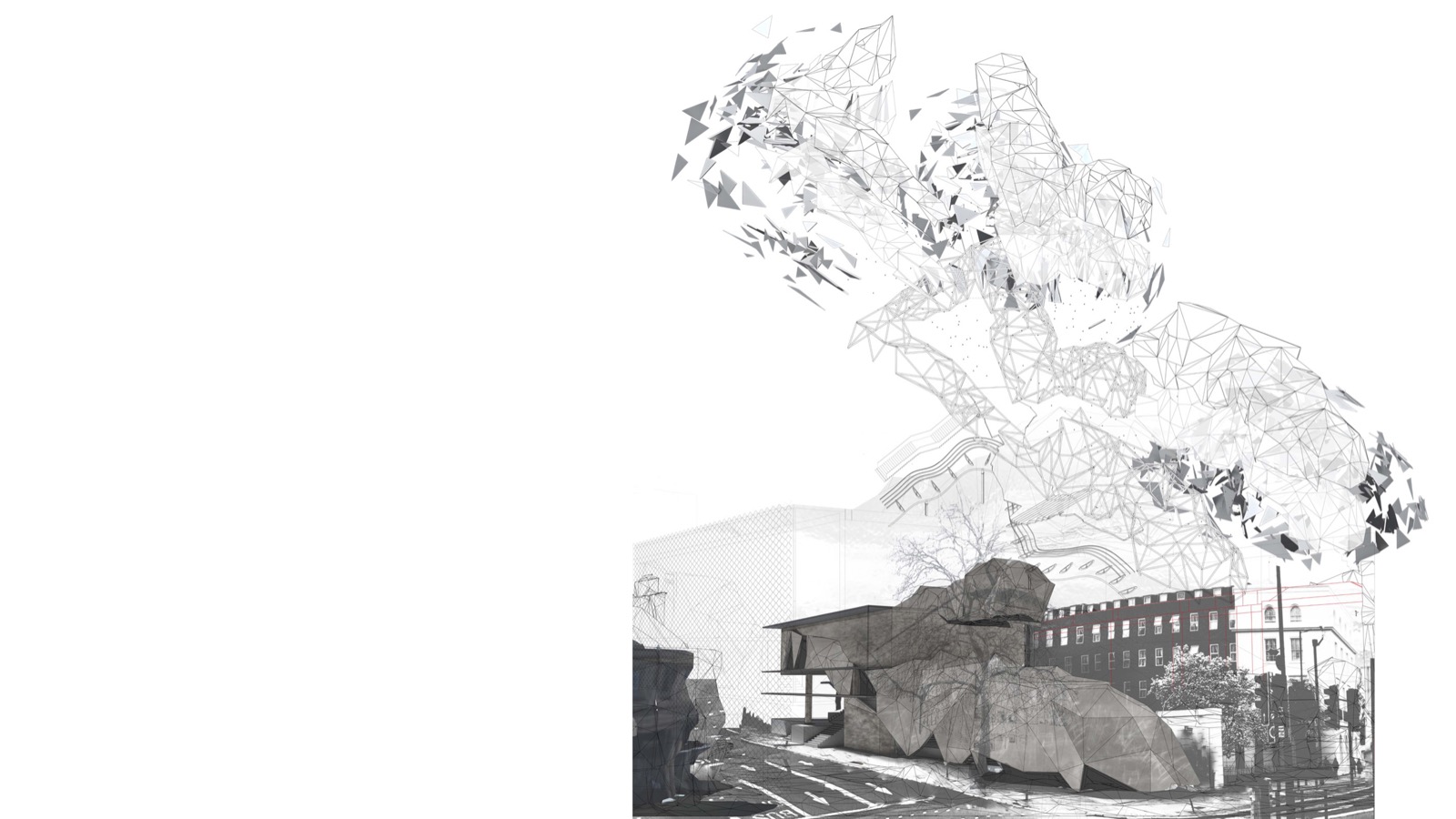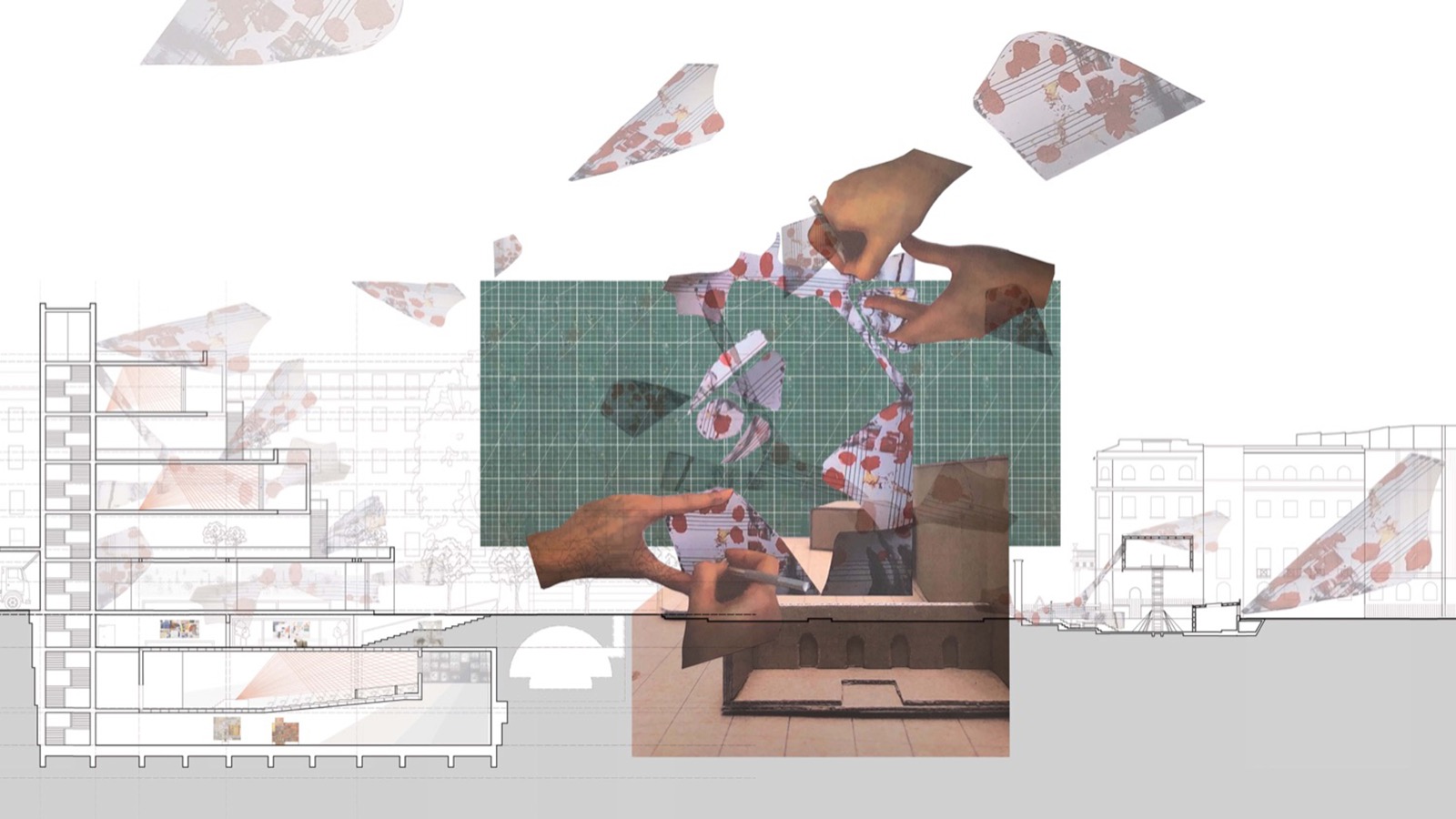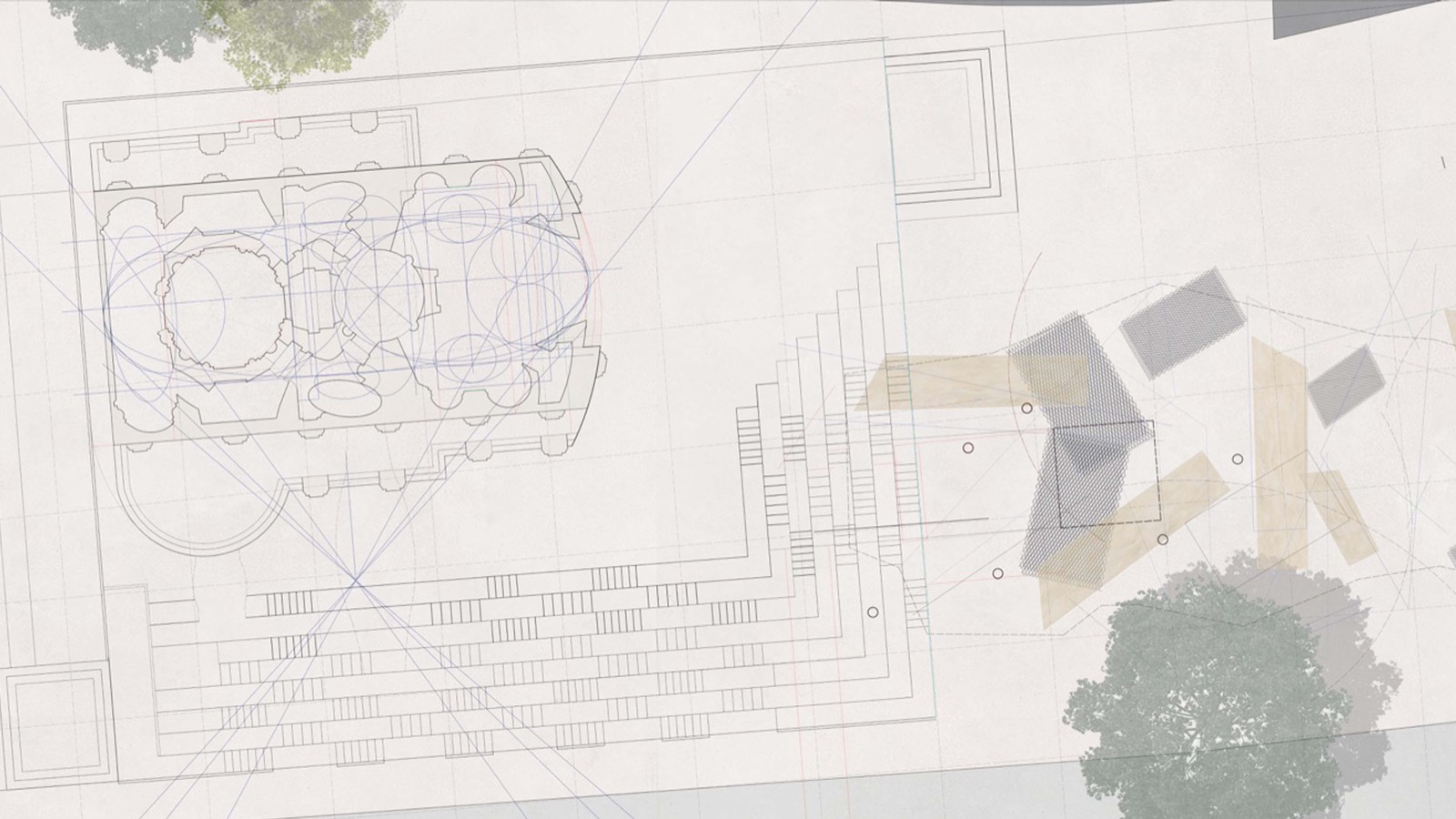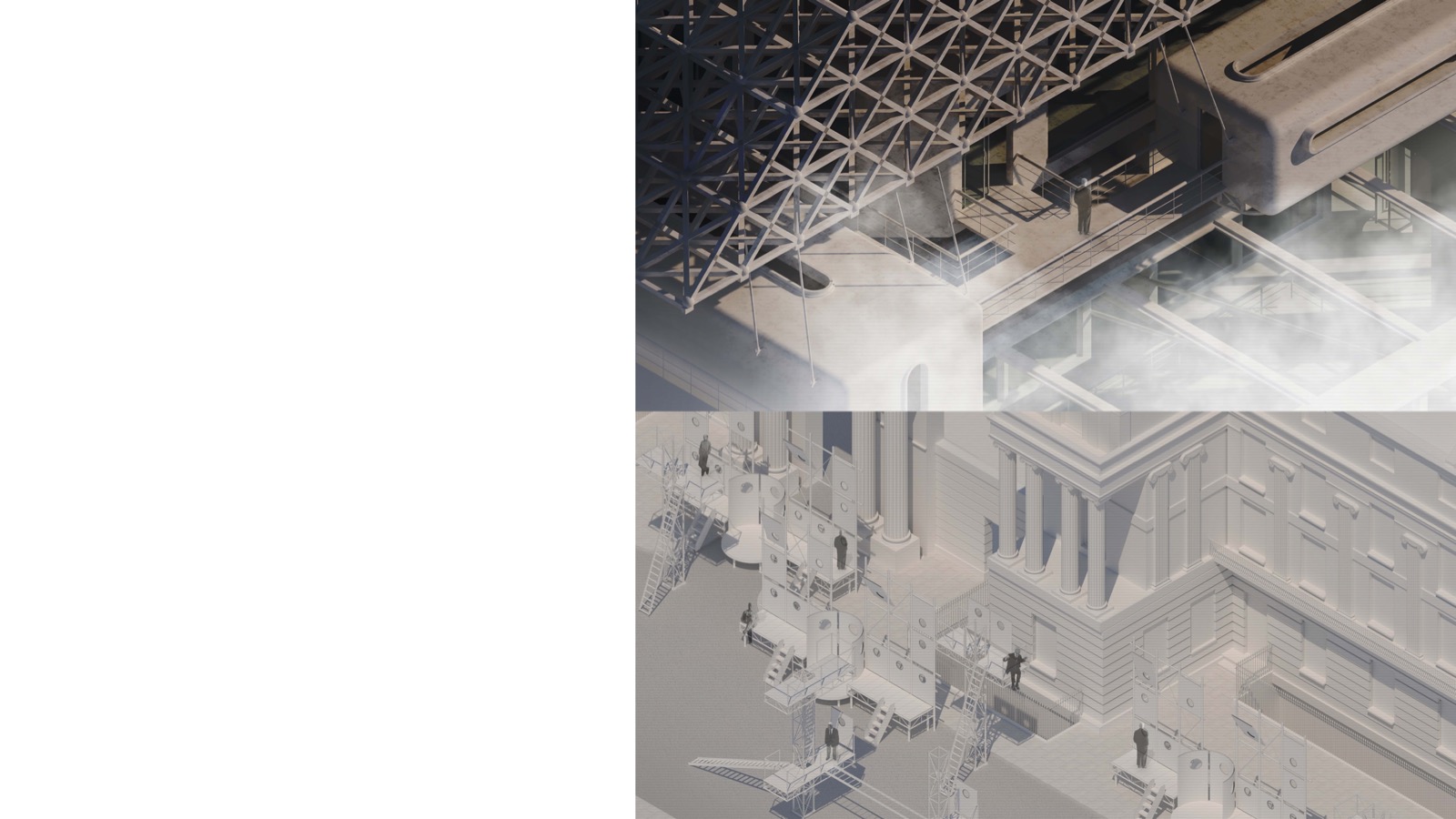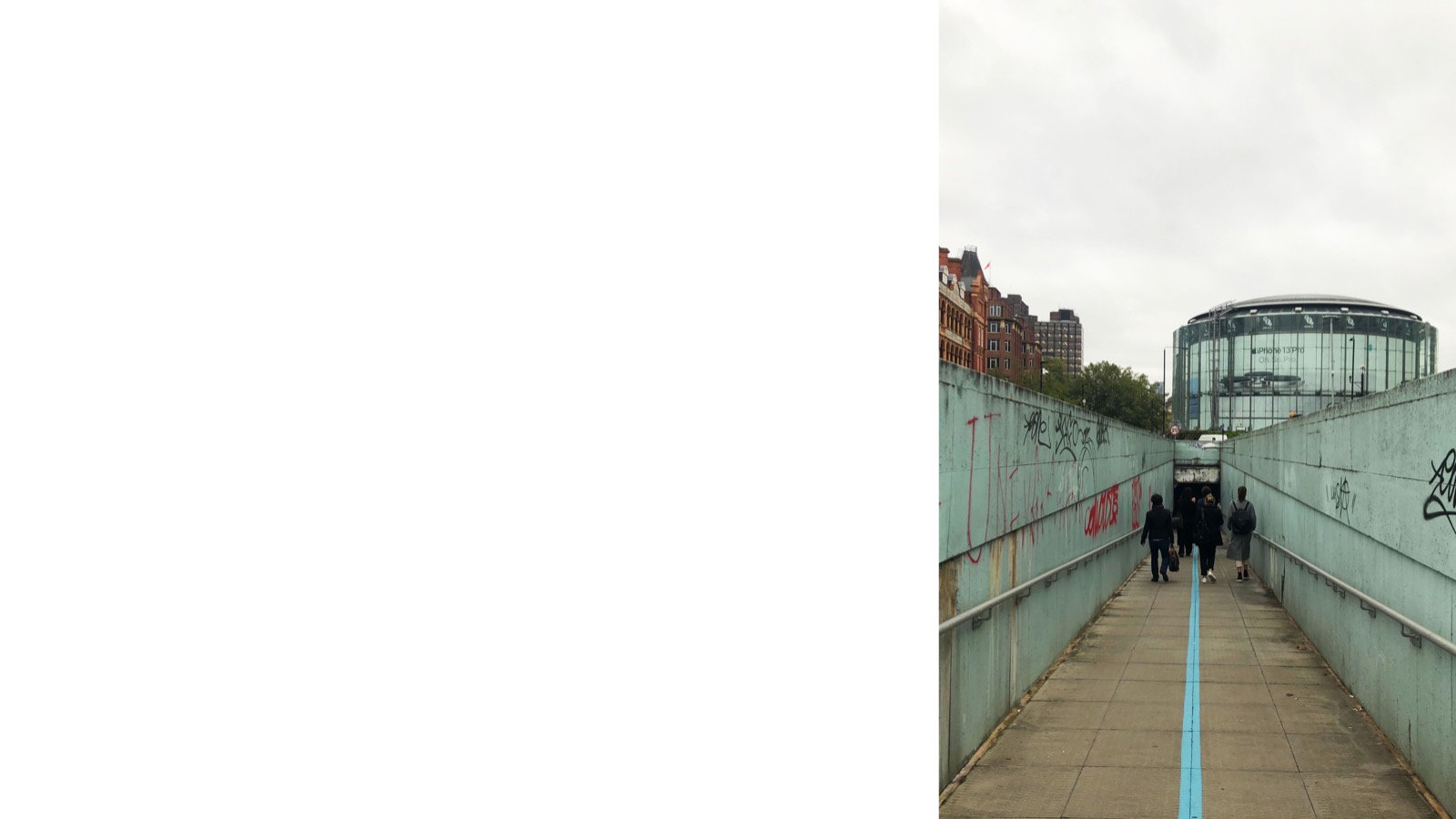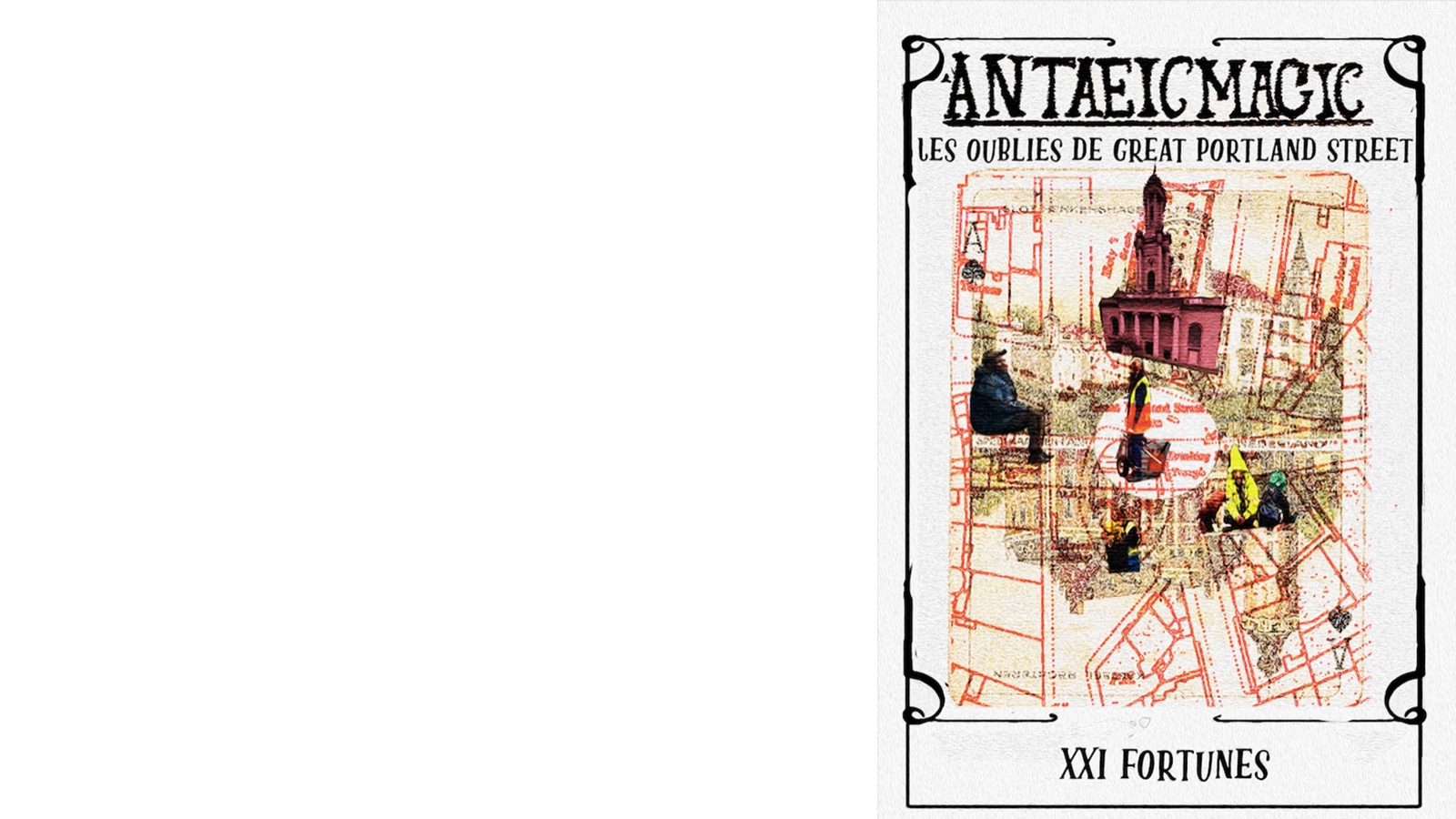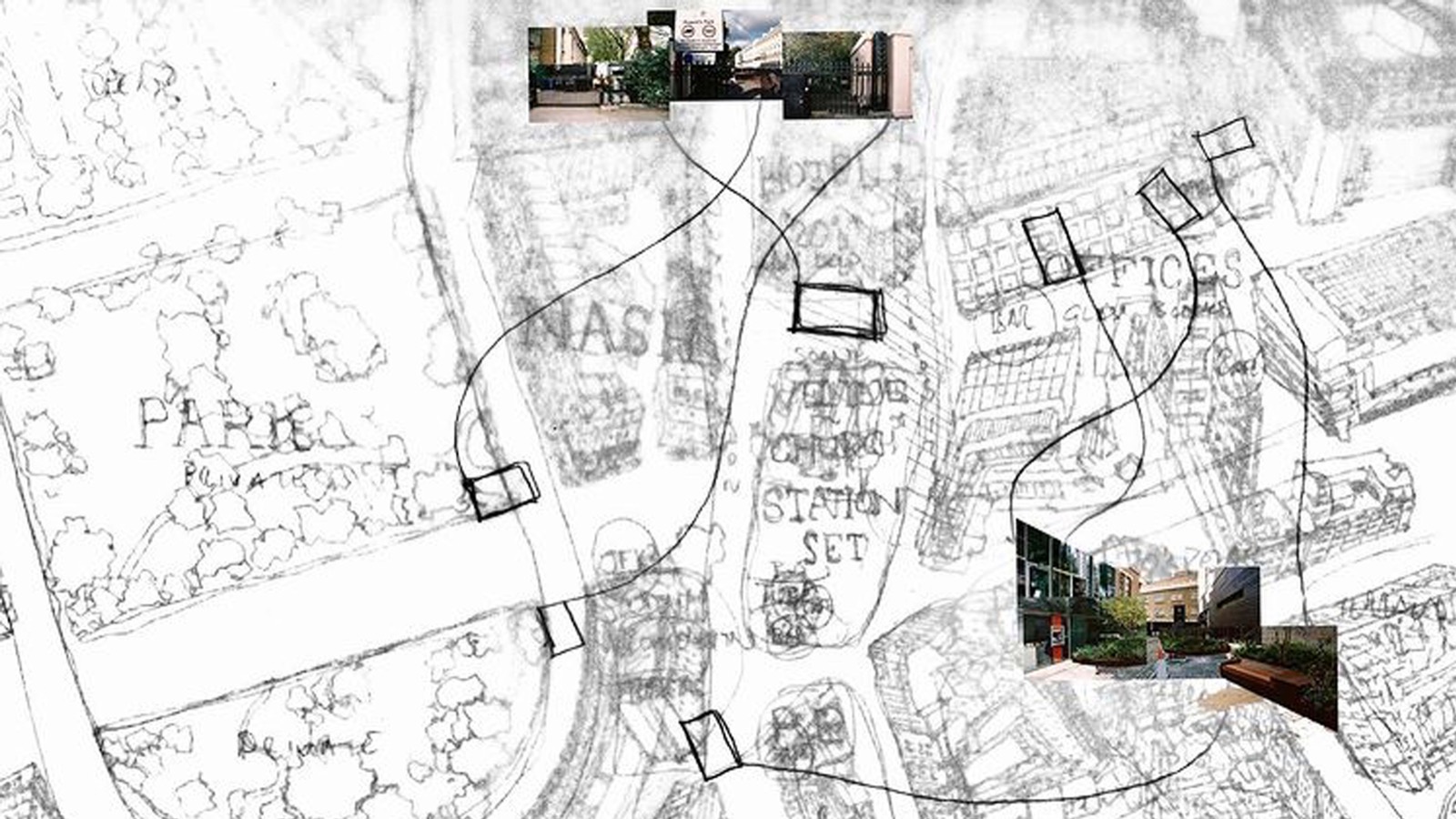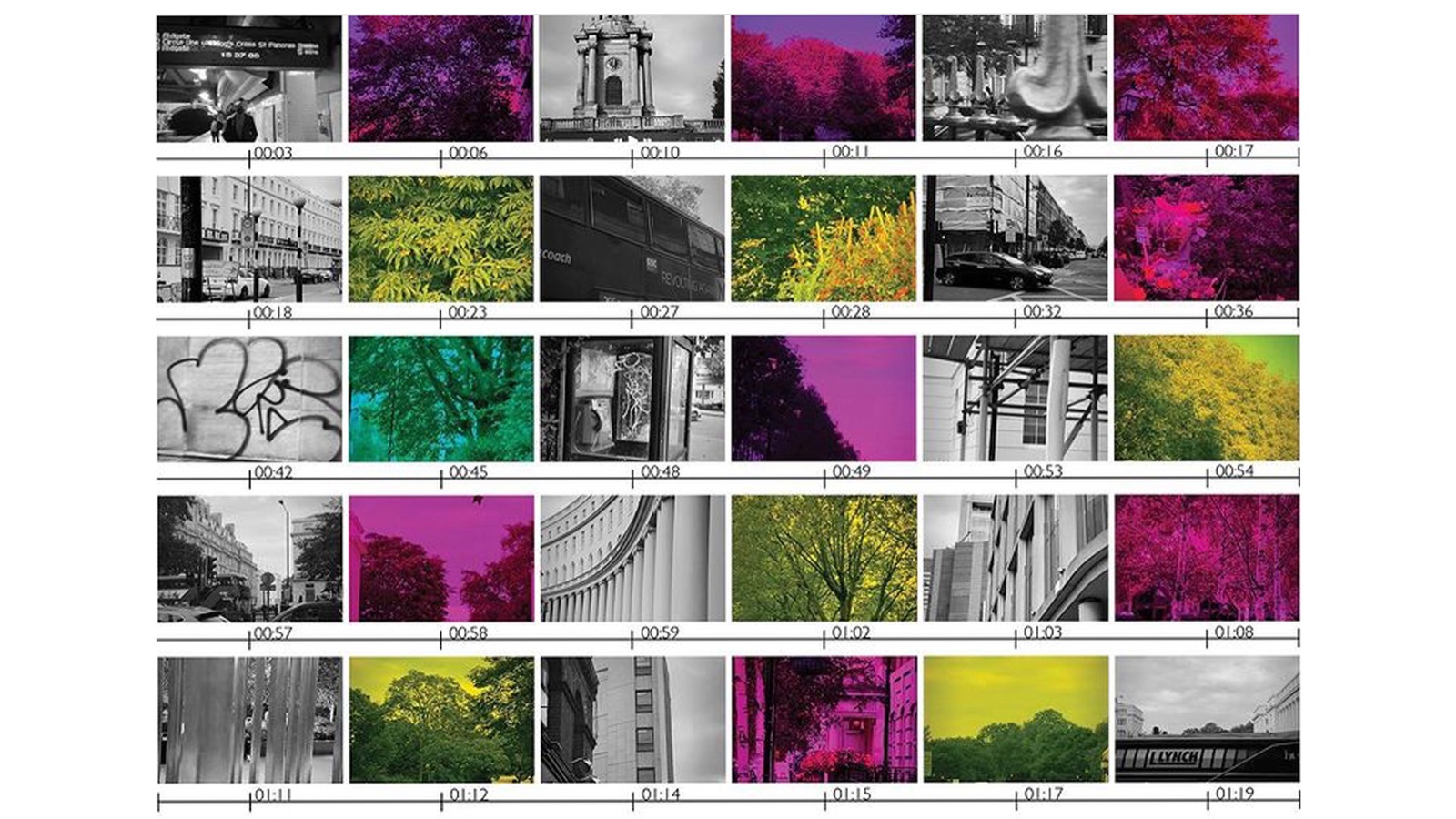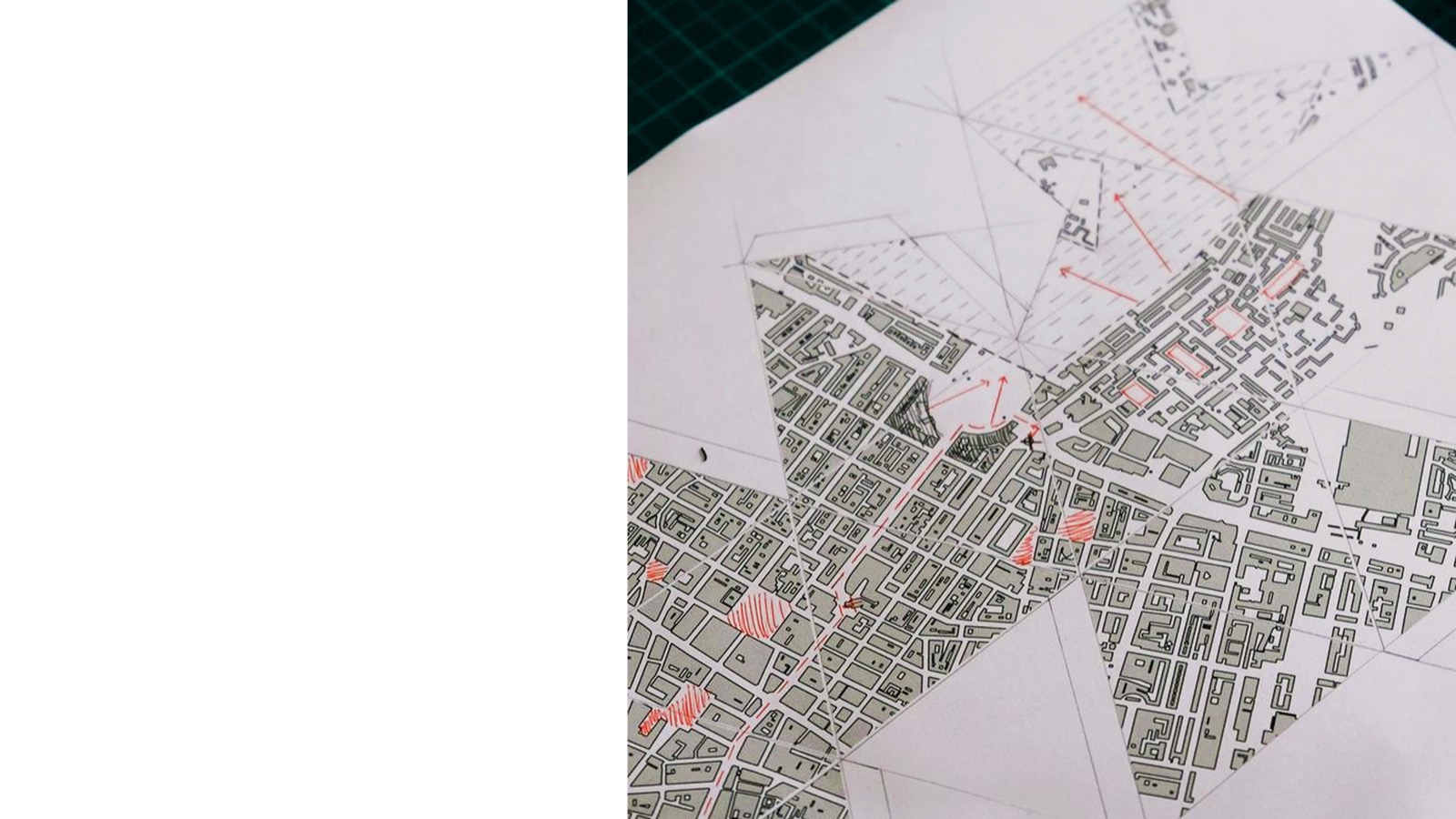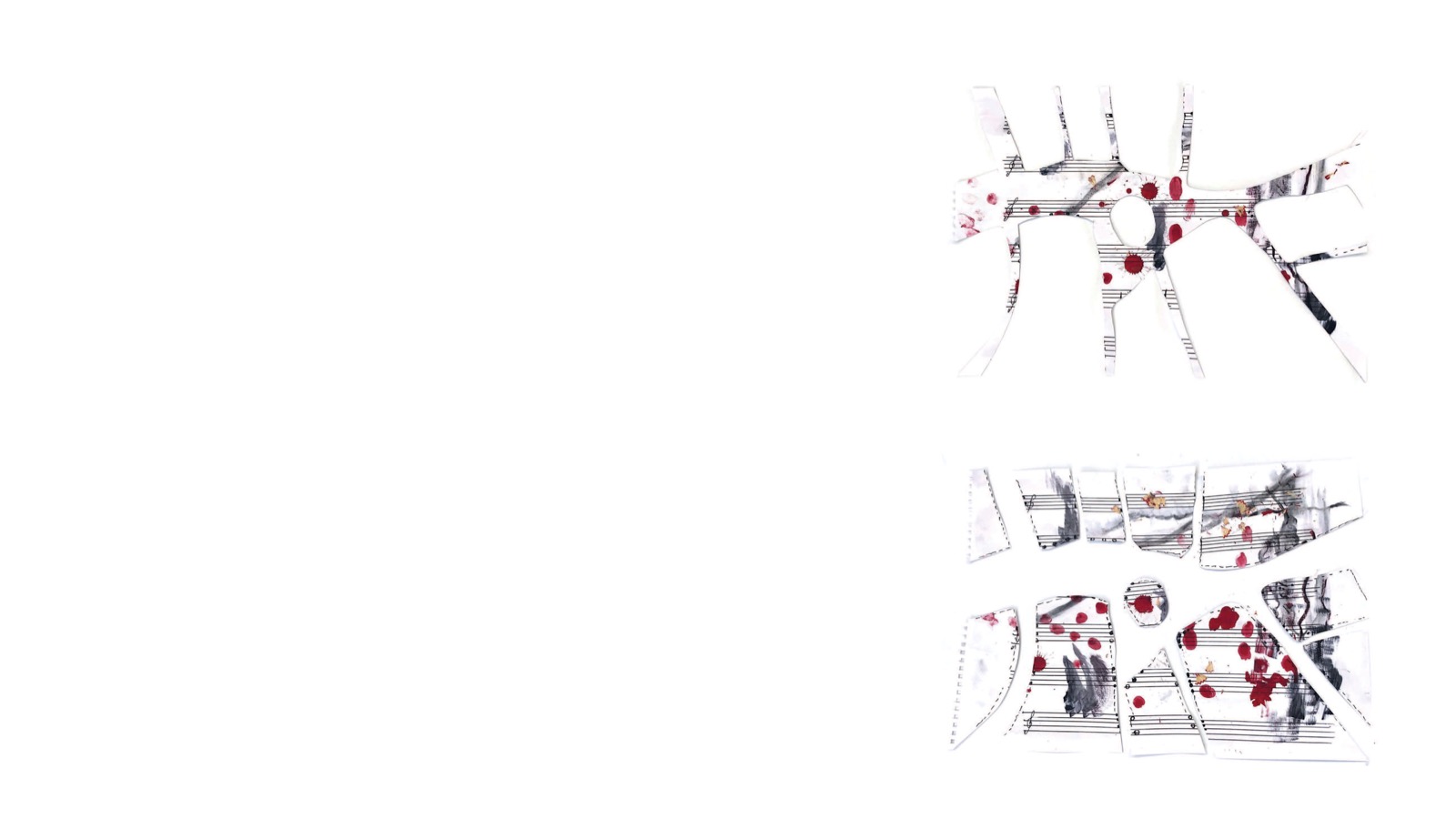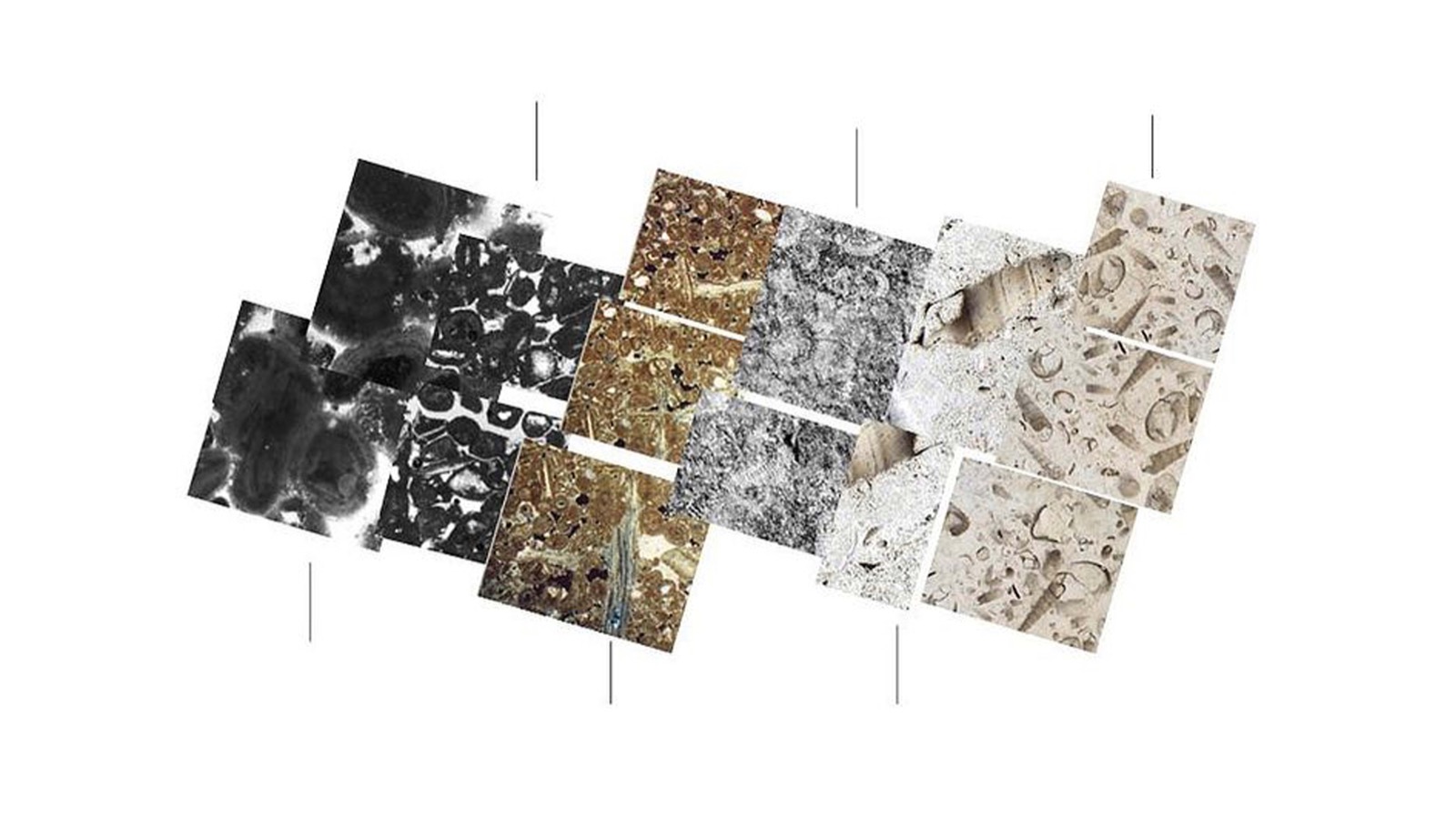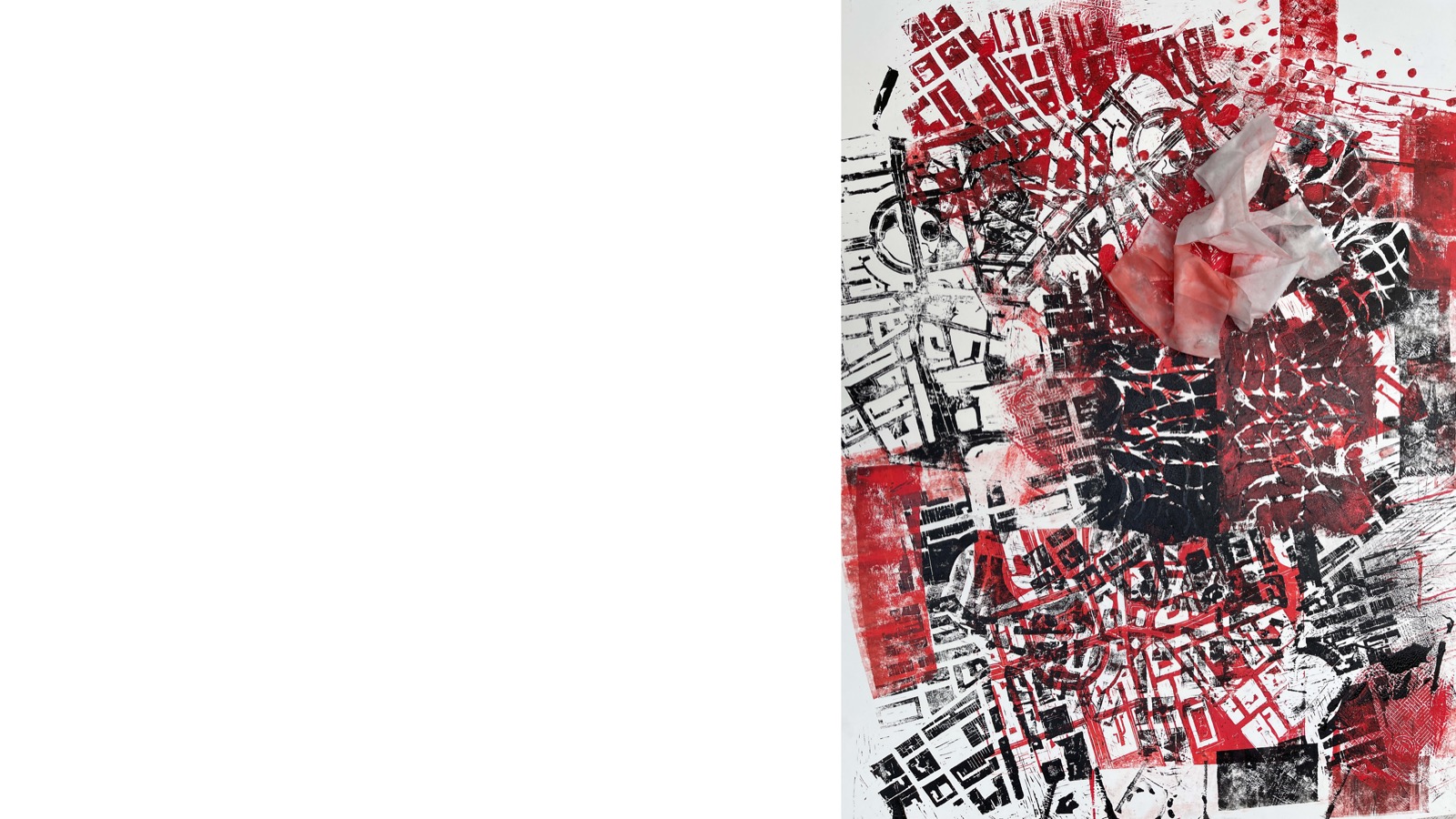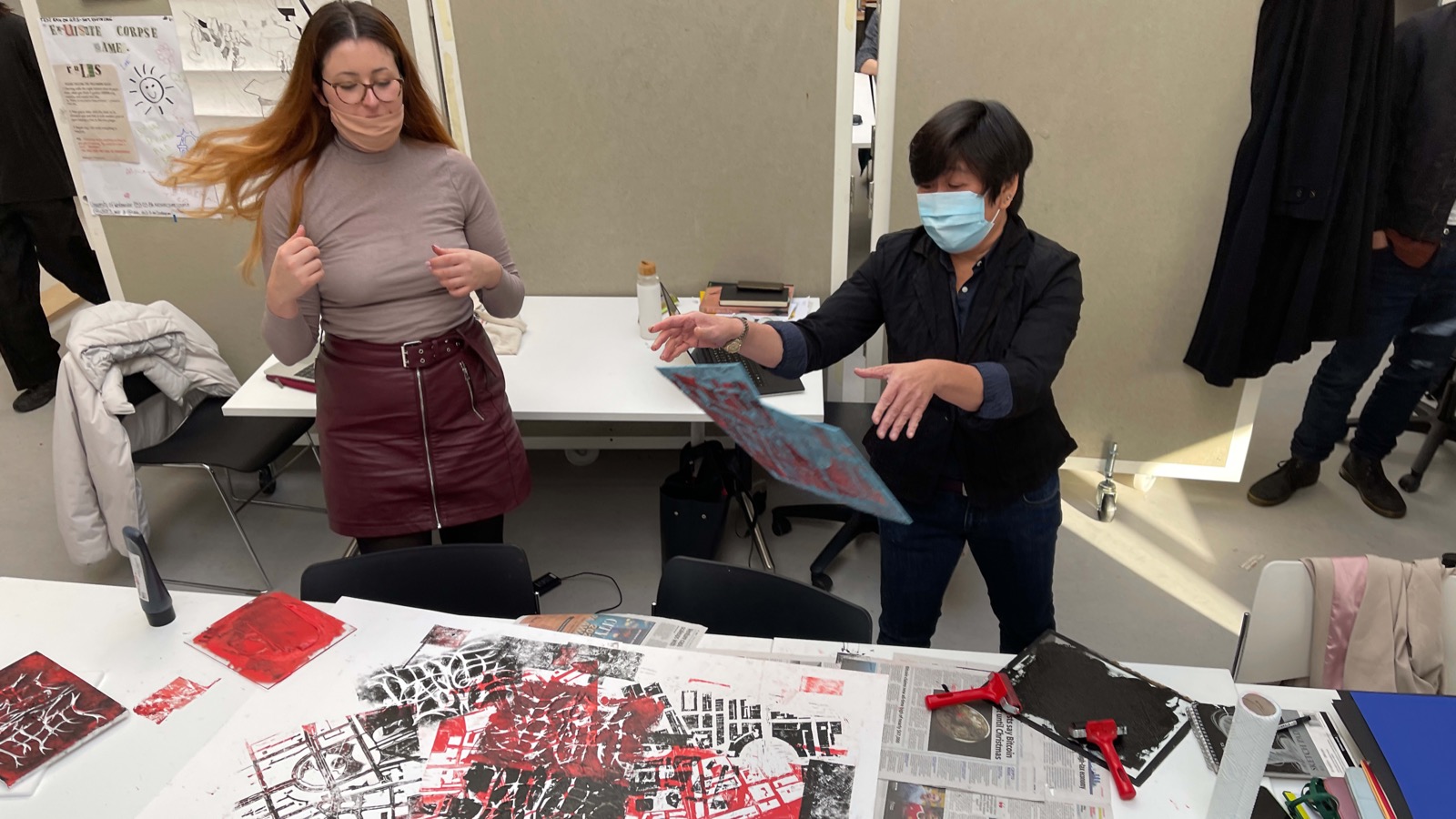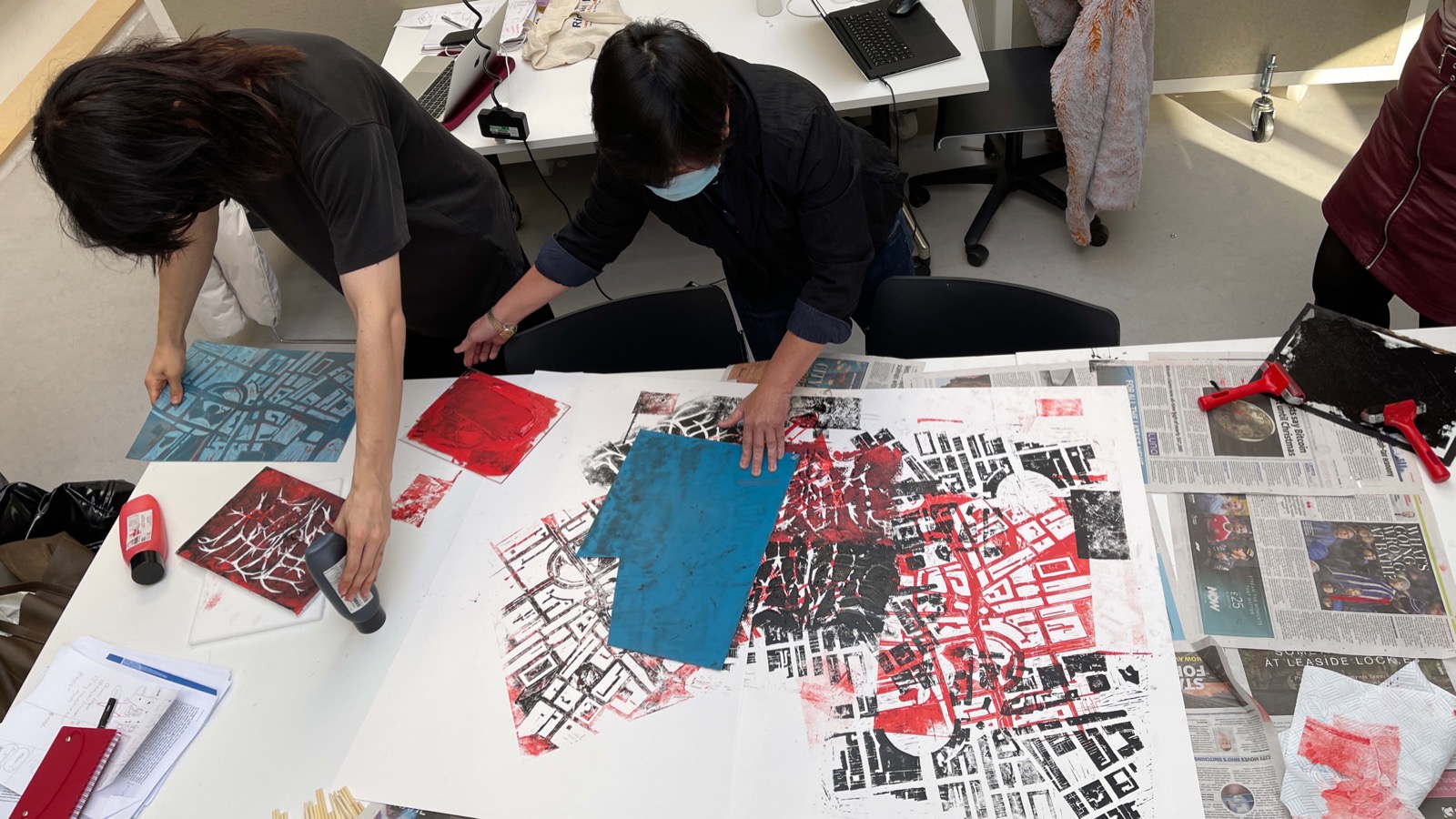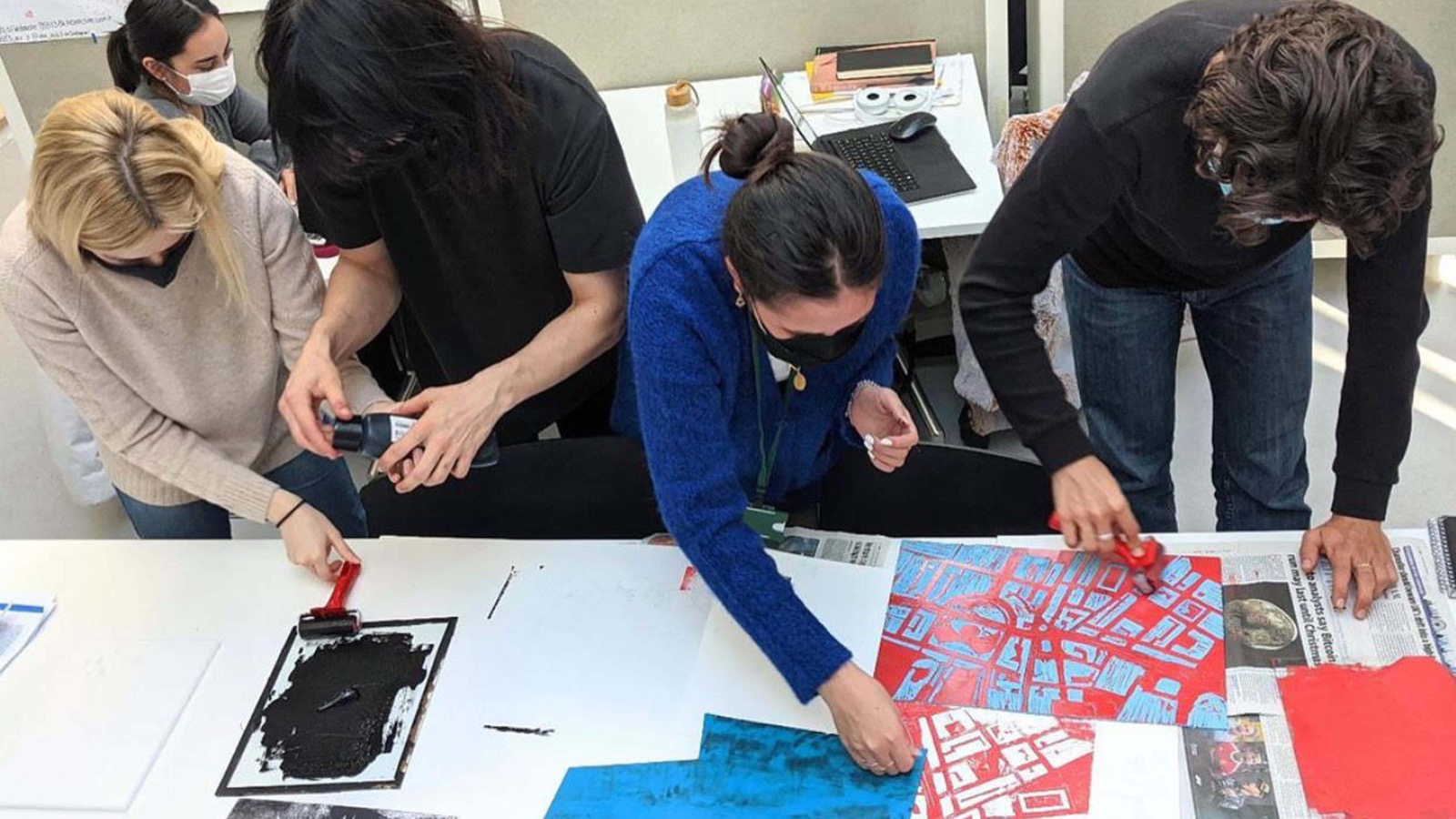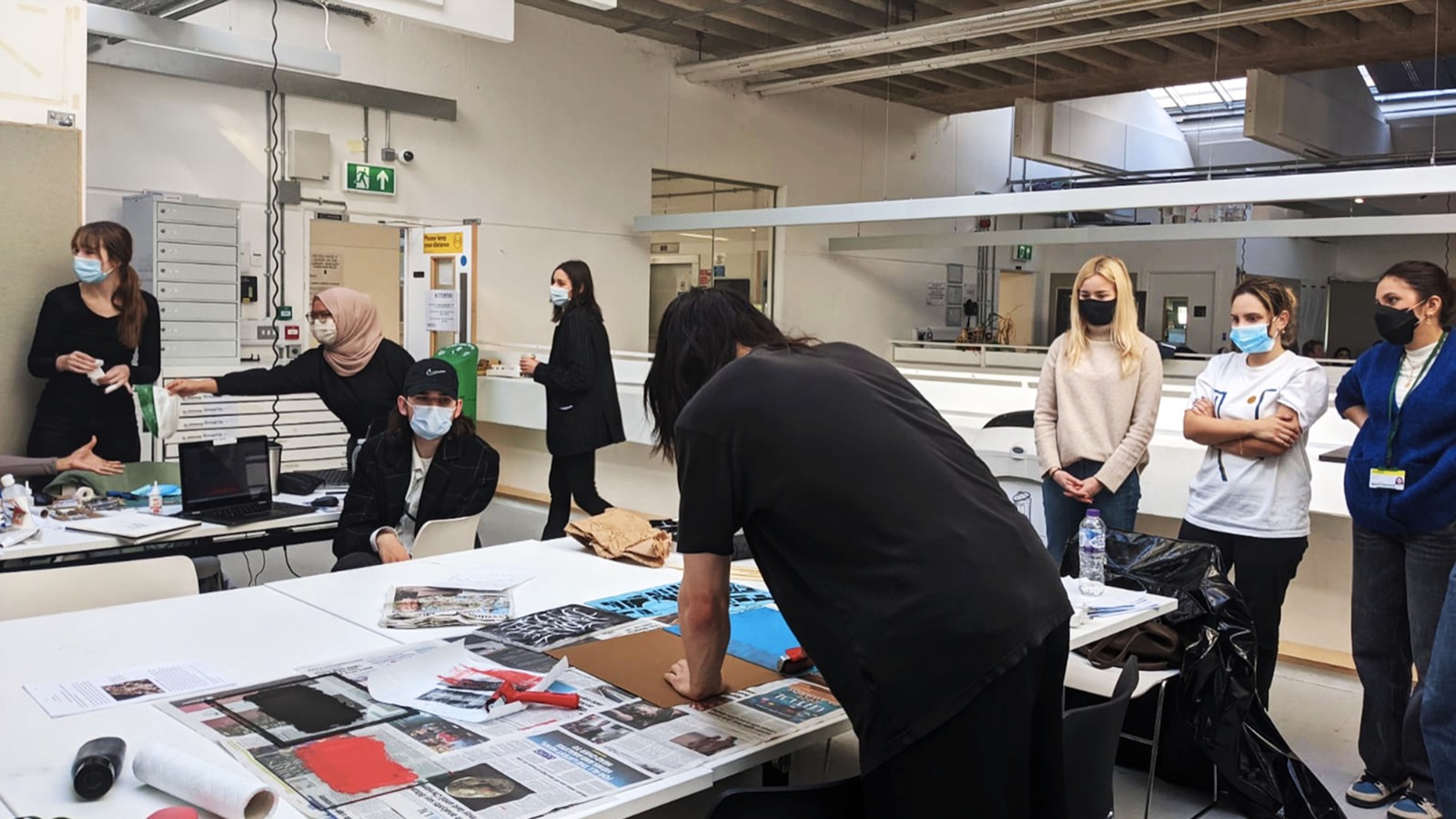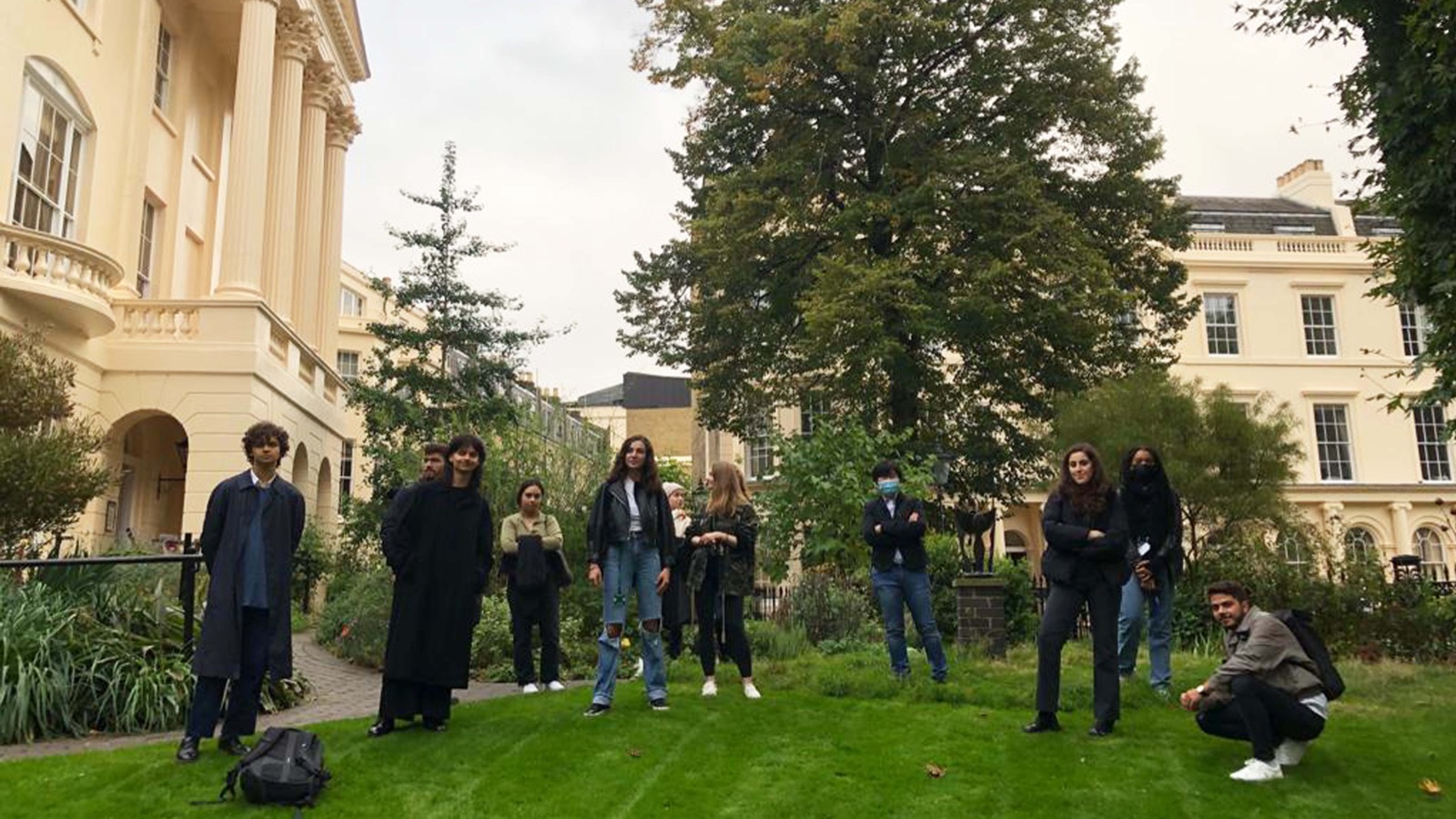Design Studio (Three) Three ARCHIVE
YEAR THREE – DS3.3
Tutors: Constance Lau and Stephen Harty
Constance Lau practices and teaches architecture in London and Singapore. The design studio’s research interests in multiple interpretations and narratives are explored through the techniques of montage and different notions of allegory. The idea of a ‘questioning and incomplete’ approach is fundamental. Central to the process driven methodology is the role of dialogue with an emphasis on individual learning that encourages the student to assume authorship to shape the reading and outcome of the design brief. These principles are further articulated through projects in the book Dialogical Designs (2016).
Stephen Harty is an architect and Director of Harty and Harty.
Science-Fiction and Supertrees
Exploring the idea of trees and/or nature as climate superheroes, our architecture will embrace and anticipate as opposed to prevent and repair.
The Japanese Metabolist ideas of nature, artificial land and megastructures is furthered and recast to generate visionary, ecological and inclusive design proposals that are conceived to engage with ensuing current climate, economic and social uncertainties. ‘Build Back Better’, revisits Metabolism in 2021 and looks to continuing conversations about nature and learning from existing ecological systems that can inform urban ideas of rebuilding, renewal, adaptability and flexibility.
The ‘city in process’ and the users’ experience
A new blueprint for a city that is continuously in process requires the formulation of innovative design strategies that amplify these qualities. This notion of a city in process is also dependant on the users’ experience. In Actions of Architecture (2003), Jonathan Hill argues that architecture is made by use and design and hence the creativity of the user ‘either produces a new space or gives an existing one meanings and uses contrary to established behaviour’. This was discussed alongside Roland Barthes’ text ‘The Death of the Author’ (1967). The contributions of the creative user to design discussions and the idea of a ‘questioning and incomplete’ approach is fundamental to the process driven methodology of this studio. In this instance, studio teaching encourages the student to assume authorship and shape the reading and outcome of the design brief.
3A: Science-Fiction: The Gatehouse to a City in Process
Historically defined as ‘a room over a city or palace gate’. The exploration starts with site studies and is examined on two scales. The first approaches the built environment of the masterplan as a series of ecological systems, each with their own material qualities and metabolic schedules. This is explored through a series of vertical and horizontal cuts. The latter, discusses issues of site through participatory processes and individual experiences where notions of psychogeography and situationist constructs result in new urban navigational strategies. These transient, process driven and shifting ideas of use and site generate alternative approaches to document overlooked aspects of the city. The Gatehouse, embedded within this juxtaposed labyrinth blueprint will serve to further create new readings and meanings of this area of London.
3B: Supertrees and Metabolism 2021: The Institute as Creative User
In A Cultural History of Climate Change (2016), the open-ended contrasting discussions differ greatly from assumed arguments that revolve around empirical formulas, linear trajectories and similar opinions within quantified contexts. This innovative approach is extended to simultaneously challenge both existing notions of institution and sustainability agendas. The creative users’ ability to question established ideas and existing practices apply to both the architecture and the inhabitants. Similar to Metabolist theories, changes and shifts are embraced through program and use. Institutions as generally associated with ideas of stability, rituals and recurring patterns of behaviour will be examined, and existing social and cultural prejudices, inequalities and biases foregrounded and given a presence. The search for additional approaches to climate issues and ‘green’ architecture looks to ‘Supertrees’, where efficiencies of adaptive cycles and nature’s superpowers become key design resources. Our architecture, as constructed re-workings of these Supertrees, embraces and anticipates as opposed to prevent and repair. The Institute as Creative User will recast cultural and social, material and spatial, sustainable and ecological qualities and discourse.
Archive of DS3.3’s work from previous years:










